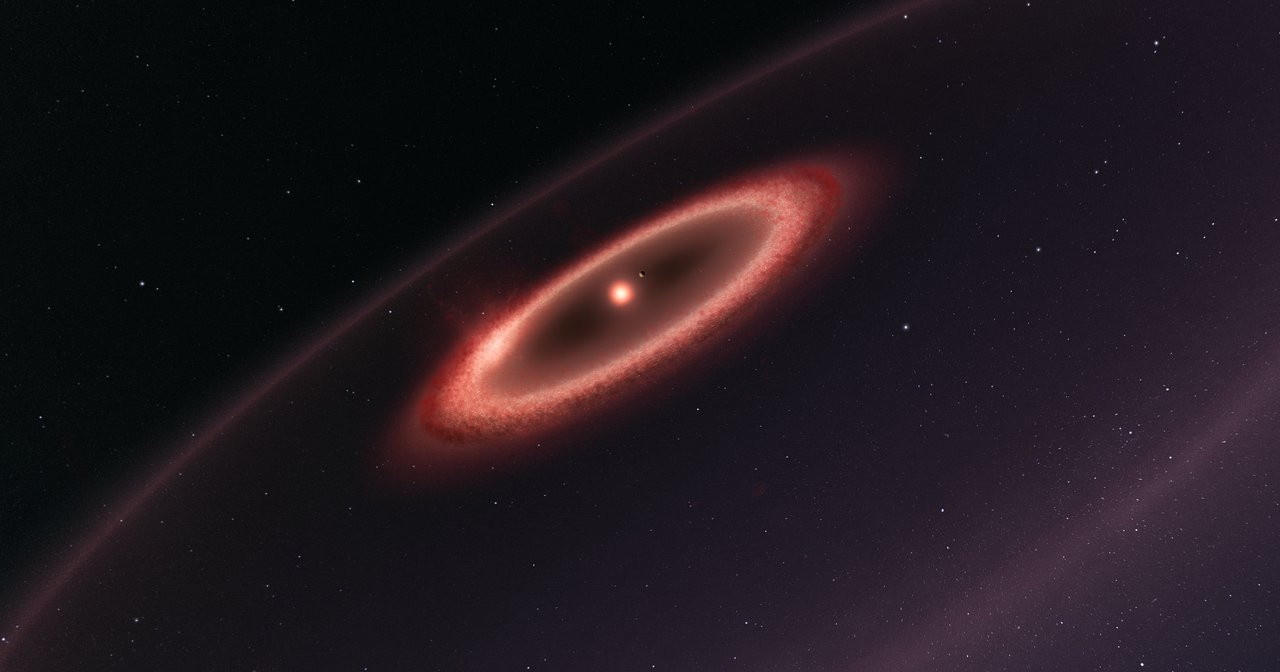
An Aerographite Spaceship Could Reach Proxima Centauri in Record Speed03.08.2020
The ultra-thin foam, 15,000 times lighter than aluminum, will allow the spacecraft to reach unprecedented speeds.
The groundbreaking spacecraft, soon to be described in more detail in a study in Astronomy & Astrophysics, was designed by an engineering team from the Max Planck Institute for Solar System Research headed by astrophysicist René Heller. The proposed prototype is presumed to be built of aerographite, a synthetic foam consisting of a porous interconnected network of tubular carbon. First revealed to the world in 2012, aerographite has a density of 180 g per cubic meter, making it one of the lightest structural materials in history. Given its high electrical conductivity and flexibility, it is expected to find a variety of applications, including the manufacture of lithium-ion batteries, aerospace engineering, and the automotive industry.
The German team also noted that aerographite could be used to create solar sails, a proposed propulsion system for long-range spacecraft, utilizing a phenomenon called solar pressure and the pressure exerted by solar wind particles for acceleration. “Photons do not have a mass, but carry energy and momentum. When a photon hits a target, this energy and momentum is delivered to it, giving it a tiny push. In most cases, photons would have little impact on an object. But if the target is an ultralight material, such as aerographite, then the target can actually be pushed to significant speed,"Heller explained in an interview with Newsweek.“We found out that a thin layer of aerographite, with a thickness of about 1 millimeter, can be pushed to speeds that are sufficiently high to let it escape the solar system,"he added.
The research team estimated that the prototype, which would cost around $11 to build and launch, could reach Proxima Centauri, the star closest to Earth some 40 trillion kilometers away, in “just” 185 years. If Voyager were to make that journey, it would take the probe around 73,000 years. Reaching Mars, meanwhile, would take an aerographite craft only two months.
Work on the project that might just as well revolutionize modern astronomy is still ongoing. Heller explains that the biggest challenges that future engineers and designers will face include maintaining the structural integrity of the craft while keeping its weight down. The craft’s payload would also have to include appropriately scaled-down electronics that would handle communications with mission control.
see also
- Mick Champayne | "Okay Google..."

Trends
Mick Champayne | "Okay Google..."
- Music Straight to the Brain. Elon Musk to Reveal Details of Mysterious Neuralink Project

News
Music Straight to the Brain. Elon Musk to Reveal Details of Mysterious Neuralink Project
- Chris Duffey | About Aimé – the co-author of Superhuman Innovation

Opinions
Chris Duffey | About Aimé – the co-author of Superhuman Innovation
- Learn From the Best. See Archival Conversations with Herzog, Jarmusch, Wenders, and Bong Joon-ho

News
Learn From the Best. See Archival Conversations with Herzog, Jarmusch, Wenders, and Bong Joon-ho
discover playlists
-
Paul Thomas Anderson
 02
02Paul Thomas Anderson
-
Nagrody Specjalne PYD 2020
 02
02Nagrody Specjalne PYD 2020
-
Papaya Young Directors 7 #MASTERTALKS
 18
18Papaya Young Directors 7 #MASTERTALKS
-
filmy
 01
01filmy
